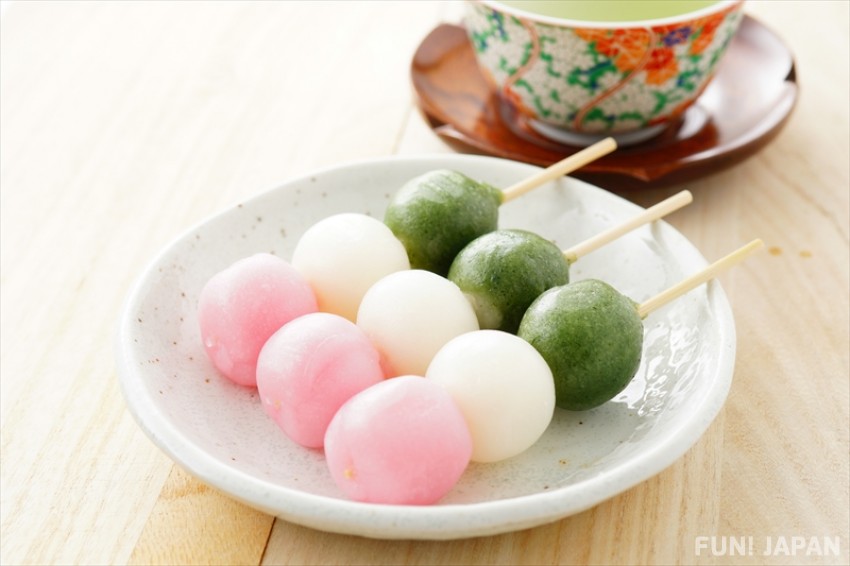
Dango are a type of Japanese sweet that is made from rice flour which is kneaded into balls, and either steamed or boiled depending on the variety. There are a plethora of types of dango; some can have sweet soy sauce or soybean flour as an added flavoring, while shiratama dango can be put in anmitsu, and there are also dango that are skewered as well. You may have heard of some of these, and may not know about others, so let’s take a look at different types of dango.
Dango Used in Traditional Japanese Festivals
Tsukimi Dango
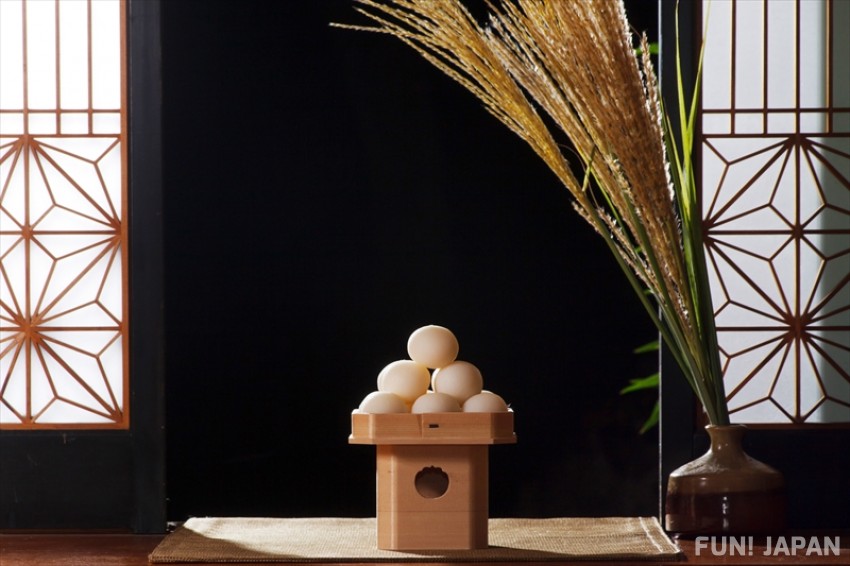
Tsukimi dango are made to celebrate the harvest moon in autumn. Their round, moon-like shape is reminiscent of the full moon. The traditional way to make tsukimi dango is to move to a place where the moon can be seen, set up a stand, and pile up 15 dango in a pyramid-like shape.
I’m sure you may be wondering, “How did this custom of making dango to celebrate the harvest moon come about?” The time when the harvest moon comes out is right when rice is harvested, which is why dango are made to celebrate the freshly gathered rice harvest.
Kusa Dango
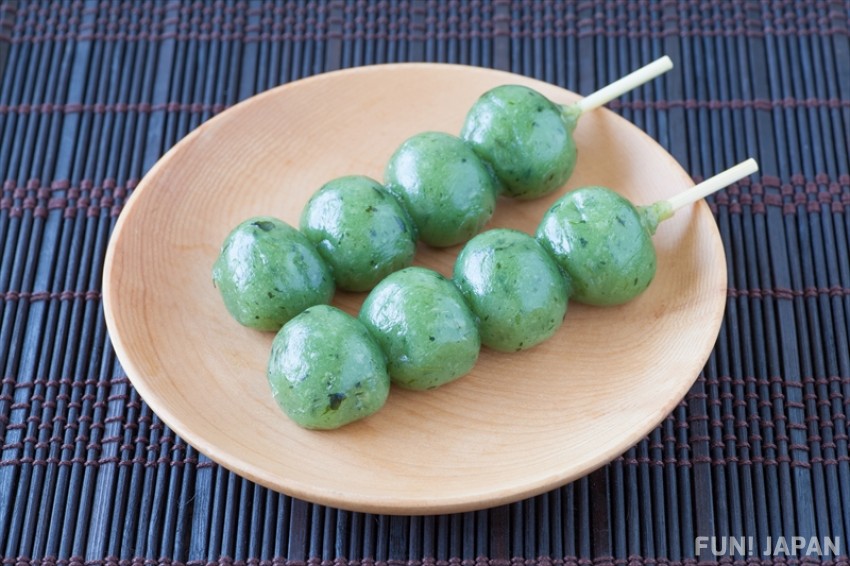
This dango is made by steaming joshin flour, and mixing in young mugwort leaves that have been steamed. It can also be made into regular mochi as well. They have a very unique aroma.
Kusadango are generally made from March to May when young mugwort leaves are in season. When wrapped in a young mugwort leaf, they can be called “kusamochi or “yomogimochi”, when skewered, “kusadango”, or even “mochigusa.” In autumn, many 1 meter tall brown flowers are used as an accent.
Sasa Dango

“Sasadango” are made by using the same method to create kusadango, wrapping the mochi in anko, and then wrapping that in bamboo leaves (sasanoha) and steaming it. It’s a famous traditional wagashi from Niigata prefecture.
These are often eaten during a Japanese celebration of boys' health and growth called “Tango no Sekku.” Mugwort is considered a medicinal herb, and also a way to ward against bad spirits and bad luck, which is why they came to be eaten as a way to pray for the health and growth of boys.
Dango to Enjoy at Your Travel Destination

The following varieties of dango are different local specialties you can enjoy while traveling in Japan.
Kototoi Dango
This is a very common dango which is often sold at traditional wagashi shops. You can see this type of dango sold often near the Sakurabashi bridge along the Sumida river in Asakusa, referred to as “kototoi dango.”
Kibi Dango
This dango is made from sugar cane and is a popular item from Okayama prefecture. This dango is in a famous Japanese story that almost any Japanese person has read as a child, so many people know of kibi dango even if they’ve never actually eaten it before.
Zunda Dango
Zunda is the name given to sweets made of ground up edamame beans. Zunda is often used in traditional wagashi from the southern Tohoku region, particularly Miyagi prefecture. It is often mixed in with mochi and eaten, and recently it’s even been used as a topping and filling in dango.
Dango in Japanese Supermarkets or Convenience Stores
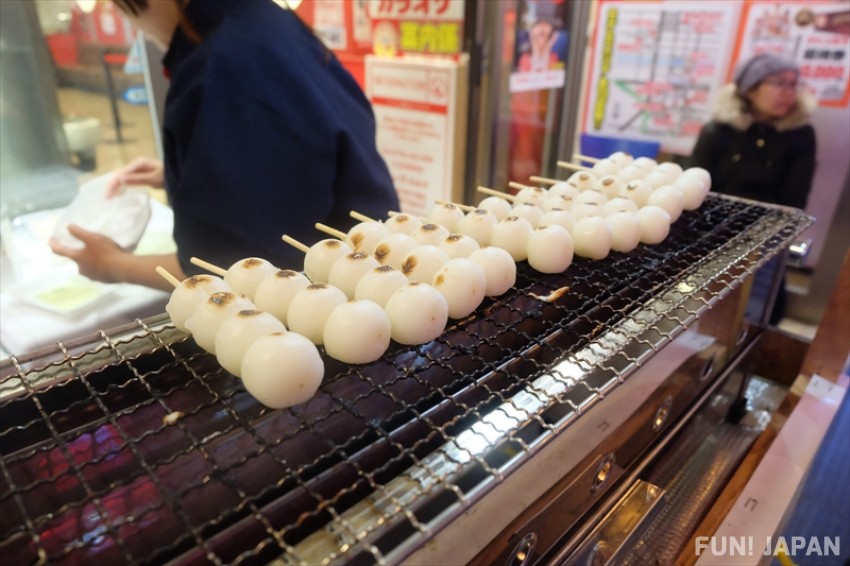
There are a lot of common varieties of dango that are sold in convenience stores and supermarkets in Japan. Let’s take a look at some of the most common types.
Sanshoku-dango
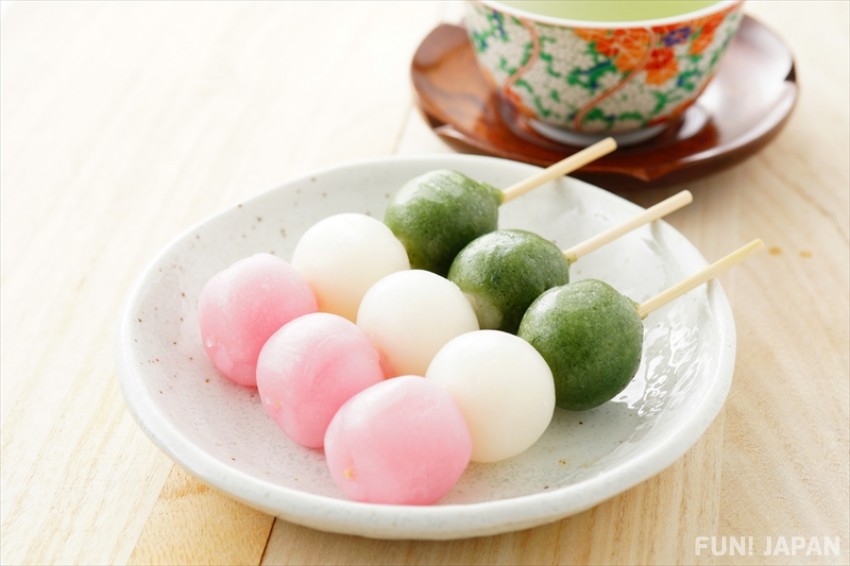
Sanshokudango (also called ohanamidango) are, as they are named, three-colored dango. They are mainly served on a skewer. They have a slightly sweet, simple flavor.
Mitarashidango from Kyoto

These dango are heavily coated in a sauce made of soy sauce and black sugar. They’re often served on a skewer as well. Their salty yet sweet flavor has a very Japanese flair. This thick sauce can be quite addicting.
It’s said mitarashidango were originally made at Kyoto’s Shimogamo-jinja during the Mitarashi festival as an offering to the gods.
Dango Topped with Anko
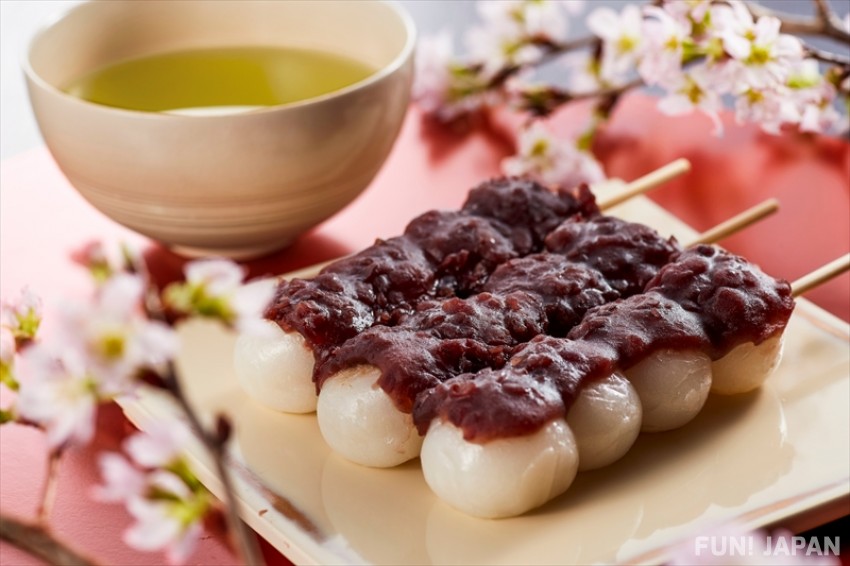
Anko is a paste made from red beans and sugar boiled together. This is often spread on dango and sold in stores.
Dango Sprinkled with Kinako
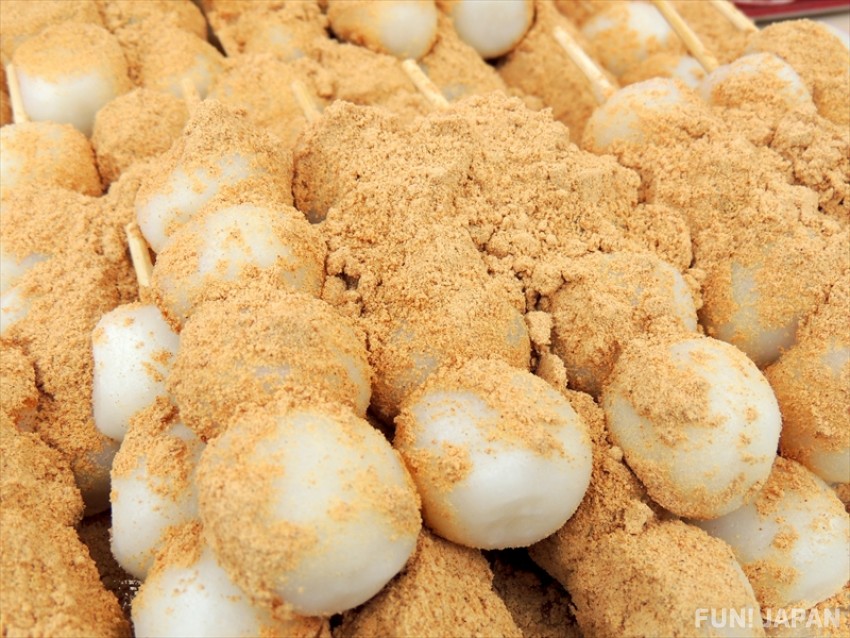
Kinako is a powder made from roasted soybeans. It is often mixed with sugar, sprinkled on dango, and eaten.
We hope you enjoyed this look into various types of dango. Dango aren’t a particularly special sweet, but something that has become an everyday food for Japanese people. We hope you look forward to trying lots of new types of dango on your next trip to Japan!
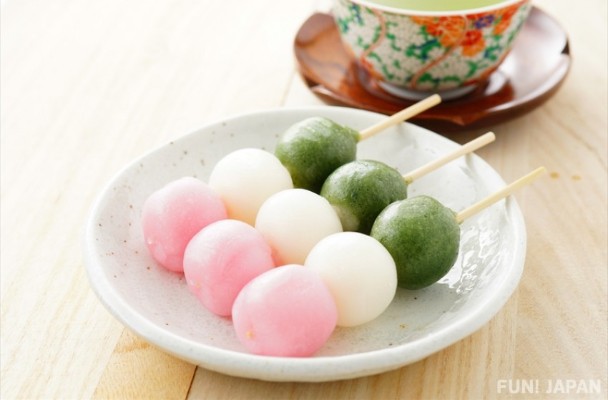
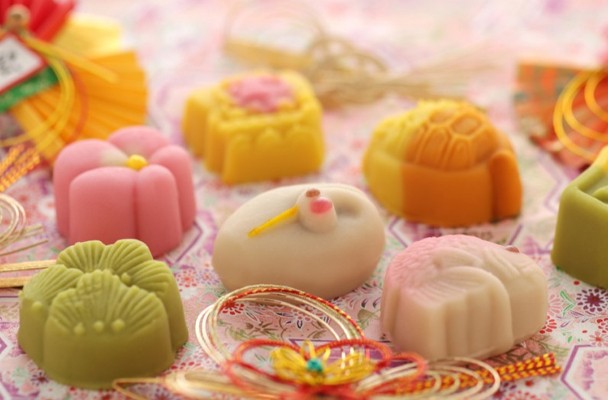
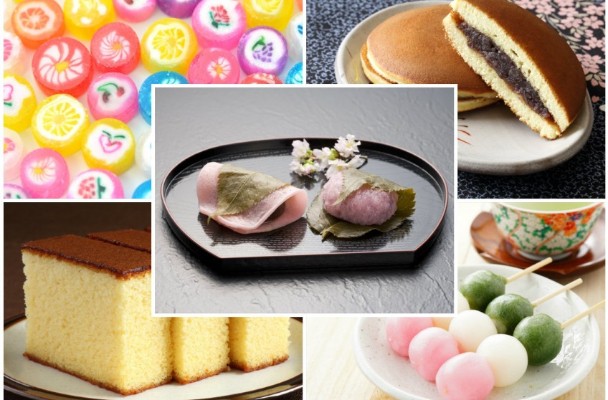

Comments